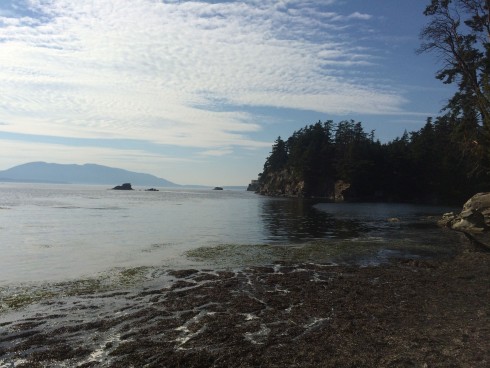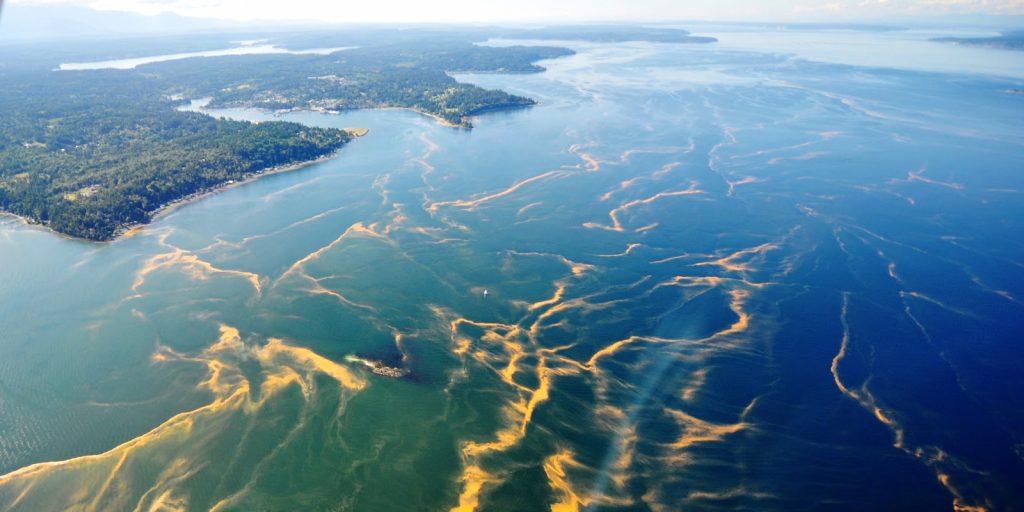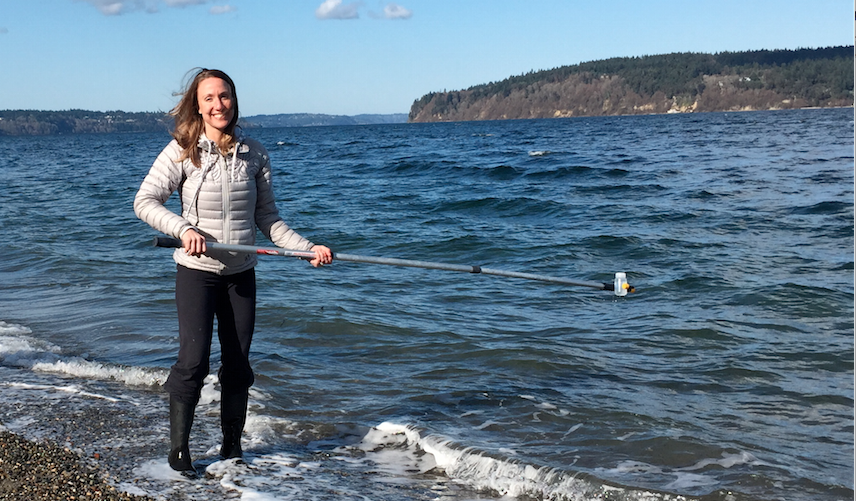
It has been well established that the Puget Sound and Salish Sea has a problem with too many nutrients (see previous post on the topic here).
After 20 years of study, the Department of Ecology is developing a Nutrient General Permit under the Clean Water Act that will require all wastewater treatment plants to upgrade and remove more nutrient pollution before they can expand capacity. Nutrient pollution impacts salmon and shellfish by decreasing oxygen and worsening acidification. Communities from Shelton to Sequim to Spokane have already invested in these technologies – 16 of the 67 treatment plants discharging to marine waters upgraded to this modern technology, including the Olympia area in the 1980s. King County and Tacoma, on the other hand, are actively fighting these proposed protections. Since they serve the largest populations, they operate the largest treatment plants and are thus resistant to the perceived costs of upgrading their systems.
The Washington Department of Ecology announced that the draft Puget Sound Nutrient General Permit is now available for public comment. They invite comments on the draft permit document and State Environmental Policy Act Determination of Non-Significance beginning June 16, 2021 until Aug. 16, 2021, at 11:59 p.m.
For more information on the permit, fact sheet, and how to submit comments, visit their page here.
Ecology is also hosting online workshops, immediately followed by a public hearing on the following dates:
Morning: Tuesday, July 20, 2021 - 9:30 a.m. - Webinar
Click here to register for the webinar
Evening: Wednesday, July 21, 2021 - 5:30 p.m. - Webinar
Click here to register for the webinar
During the workshop, they will explain the proposed changes to the permit and answer questions. The hearing will begin after the public workshop and will end when public testimony is complete. During the hearing, you may give oral testimony on the proposed changes. Written comments will receive the same consideration as oral testimony.

Surfrider Foundation has developed a comment letter with input from Washington Chapter leaders, you can download our letter here->
As aquatic recreational enthusiasts, we have a vested interest in improving the health of the Salish Sea marine ecosystem. Our goal on this campaign is to reduce nutrients and other pollution from wastewater treatment plants discharging to Puget Sound by implementing advanced nutrient-reduction technology as quickly as possible and in an equitable manner, including a strong Puget Sound Nutrient General Permit (PSNGP) in 2021.

This is a generational opportunity and obligation as wastewater technology decisions occur once every few decades. The last time wastewater technology was overhauled was in the 1980s, when utilities complained that the science was uncertain, technology was too costly, and upgrades would not make much of a difference anyway. At the time, significant federal funding alleviated local funding pressures. However, since then, federal funding for all types of water infrastructure has declined, even as financial support for bridges, roads, and airports has remained steady. Fortunately, the national interest in infrastructure investments includes wastewater and other clean water infrastructure. Take Action today and join Surfrider in calling on congress to authorize and allocate $80 billion ($8 billion annually over 10 years) for the Clean Water SRF.
Check out our Clean Water Initiative page to learn more about how we are comprehensively addressing the issues of water pollution around the country.
Click on the map below to view the location of wastewater treatment facilities in the Salish Sea and Puget Sound:

